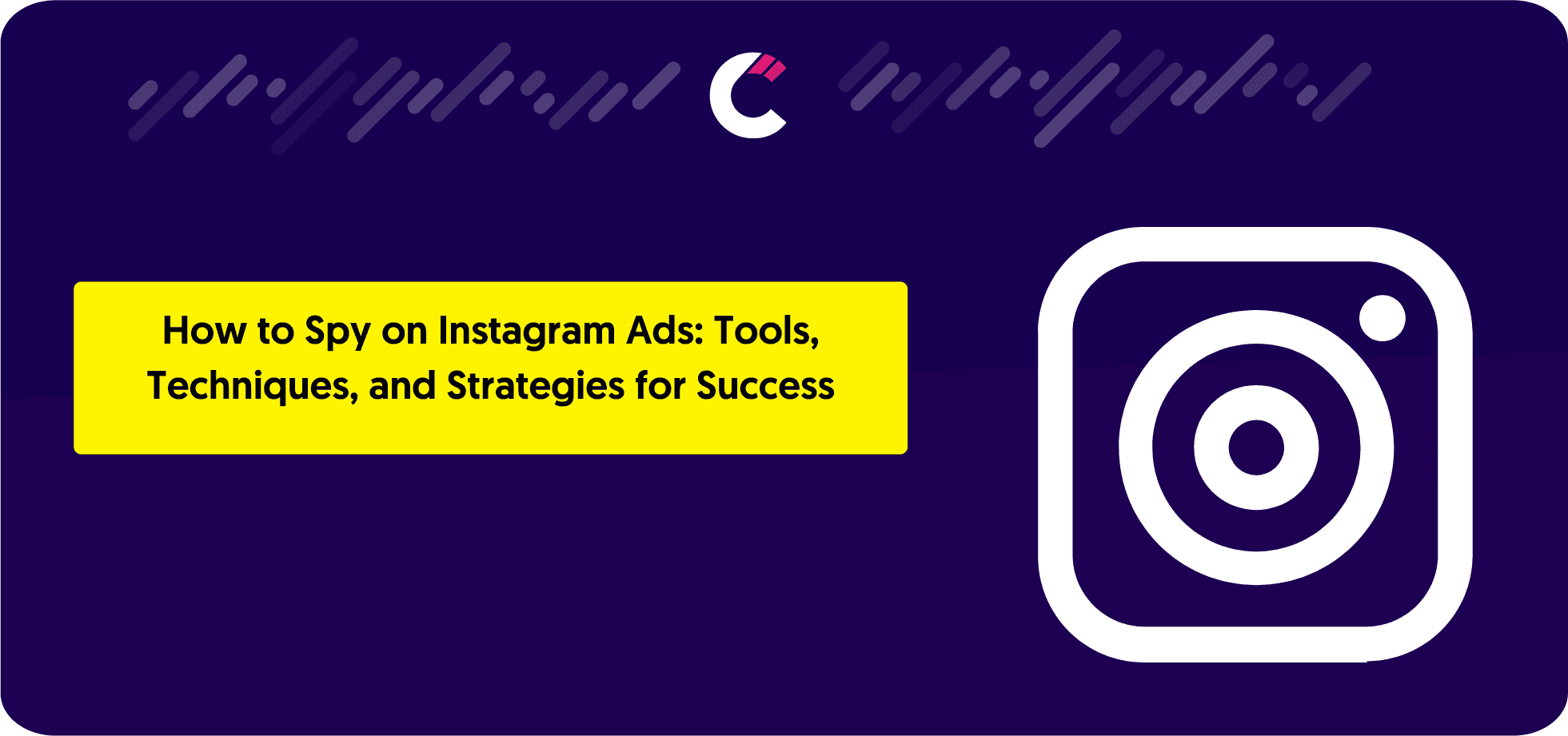
How to Spy on Instagram Ads: Tools, Techniques, and Strategies for Success
Ever wondered how top brands seem to nail their Instagram ads every single time? The secret lies in uncovering what your competitors are doing—analysing their

Ever wondered how top brands seem to nail their Instagram ads every single time? The secret lies in uncovering what your competitors are doing—analysing their
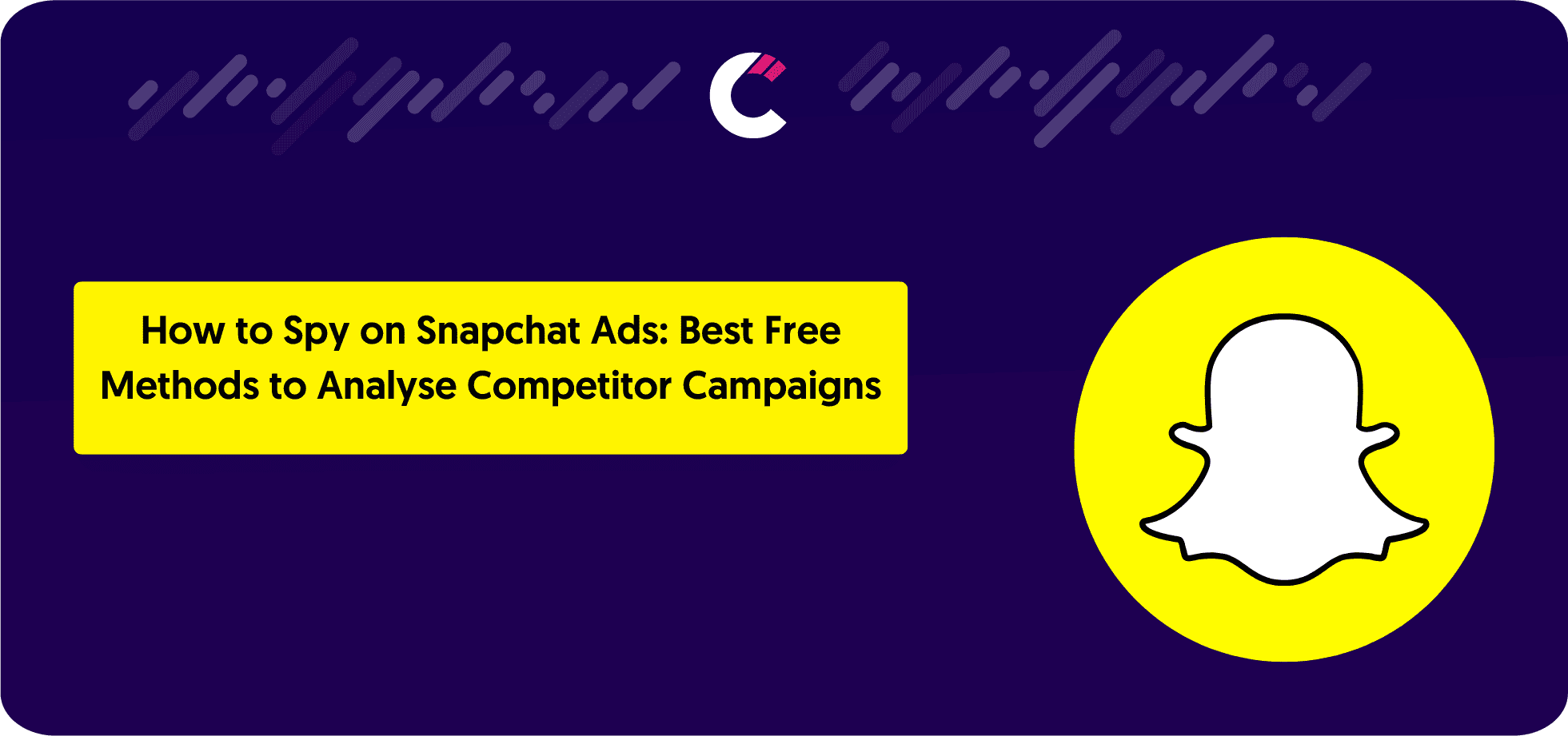
Snapchat has evolved into one of the most dynamic advertising platforms, especially for brands targeting younger, tech-savvy audiences. With over 375 million daily active users

TikTok has rapidly transformed into one of the most dynamic platforms for digital marketing, with its unique algorithm, highly engaged audience, and creative ad formats
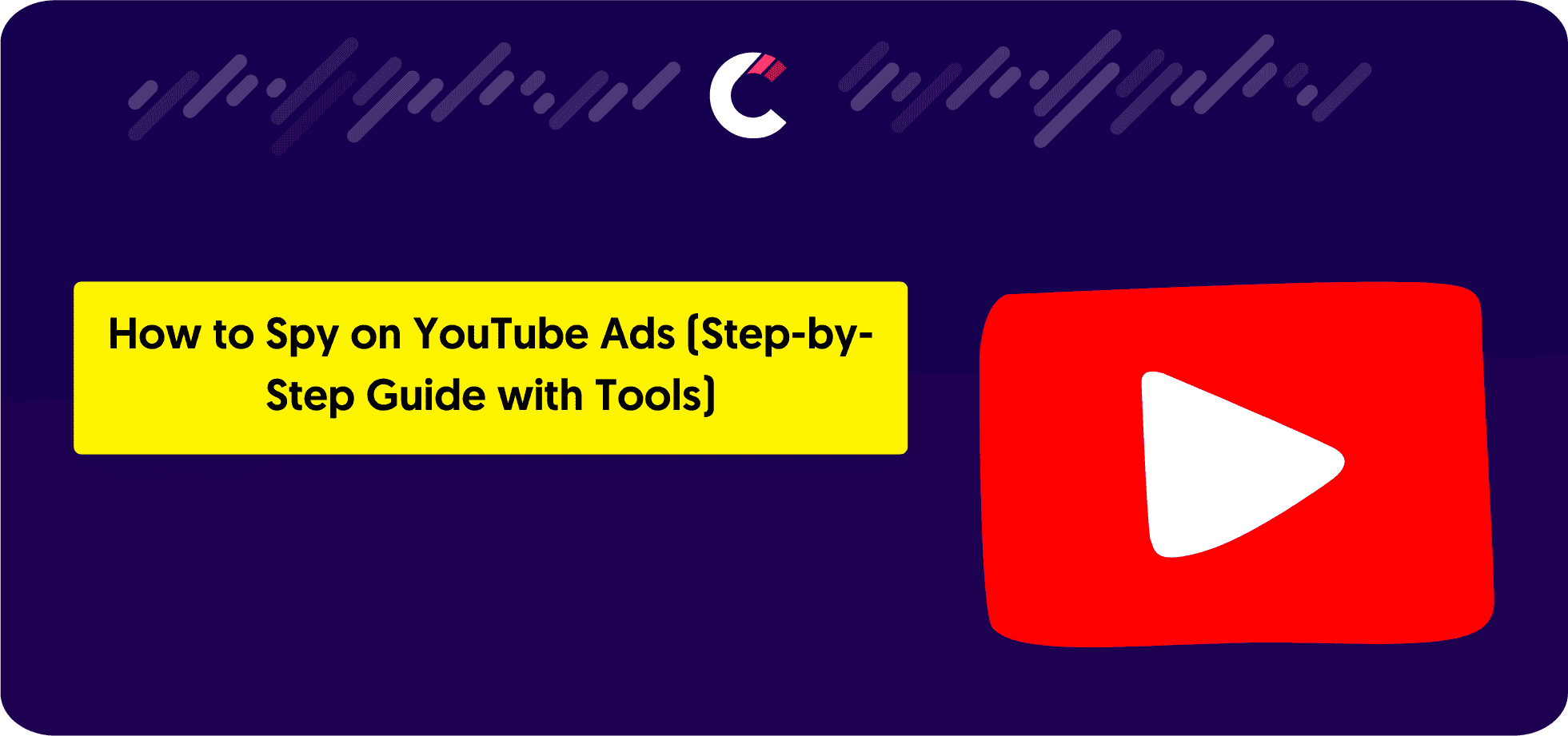
If you’ve ever wondered how to spy on YouTube ads to improve your own campaigns, you’re not alone. Spying on competitors’ YouTube ads helps marketers
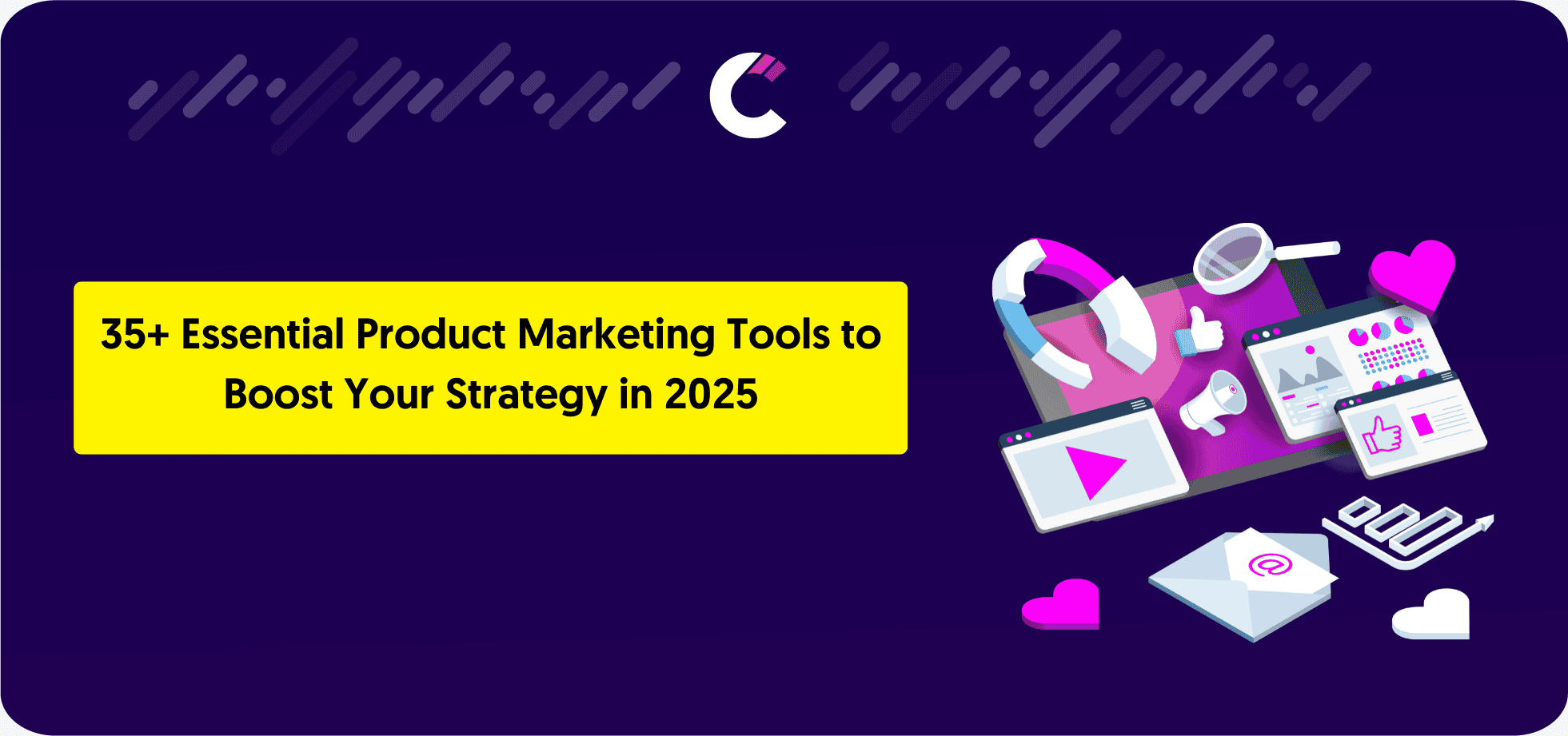
TL;DR: Your Quick Guide to the Top Tools Competitors App — Best for competitive analysis and market research insights. ChatGPT — Best for AI-powered product
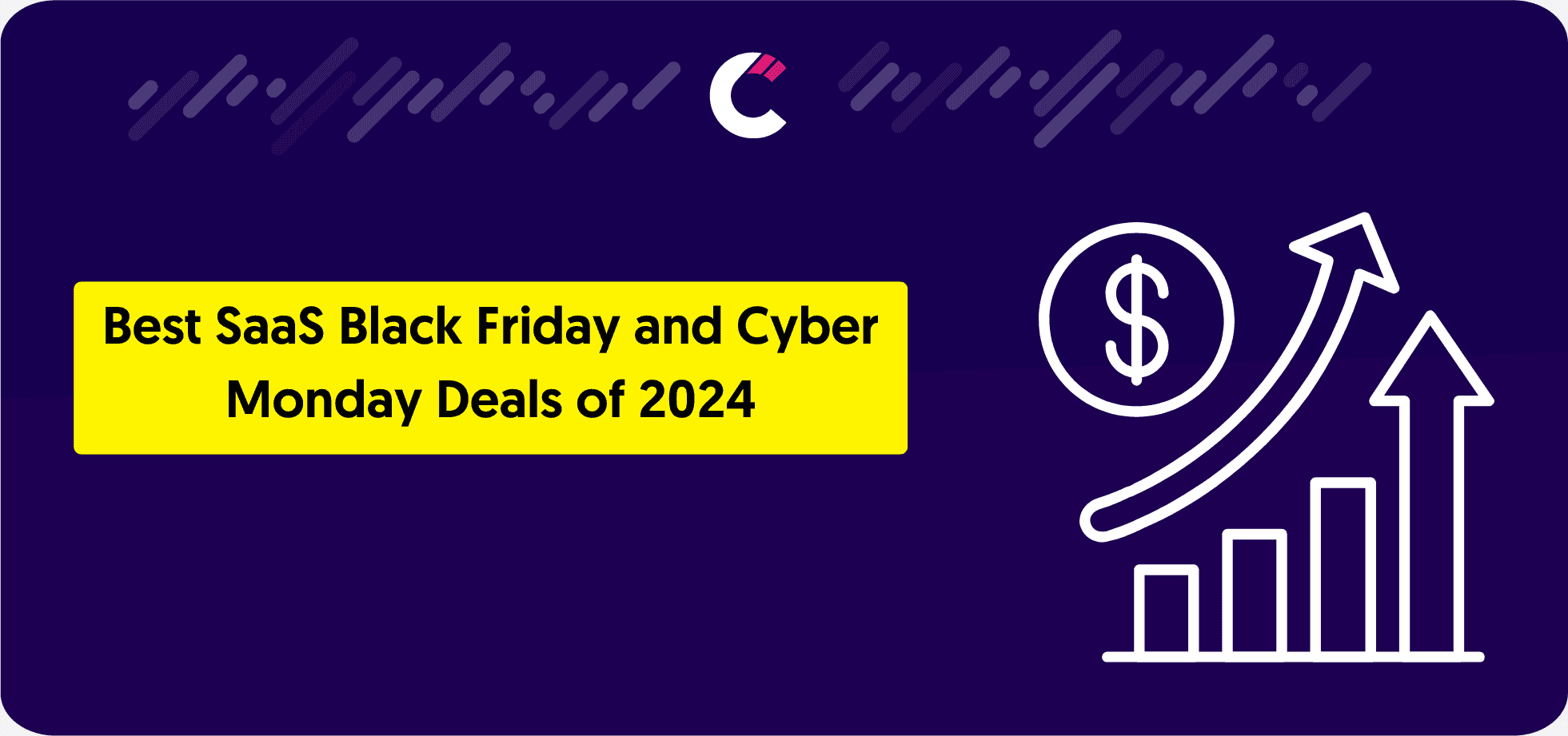
The most anticipated shopping day of the year is finally here—Black Friday 2024! Whether you’re hunting for the latest tech gadgets, upgrading your home essentials,
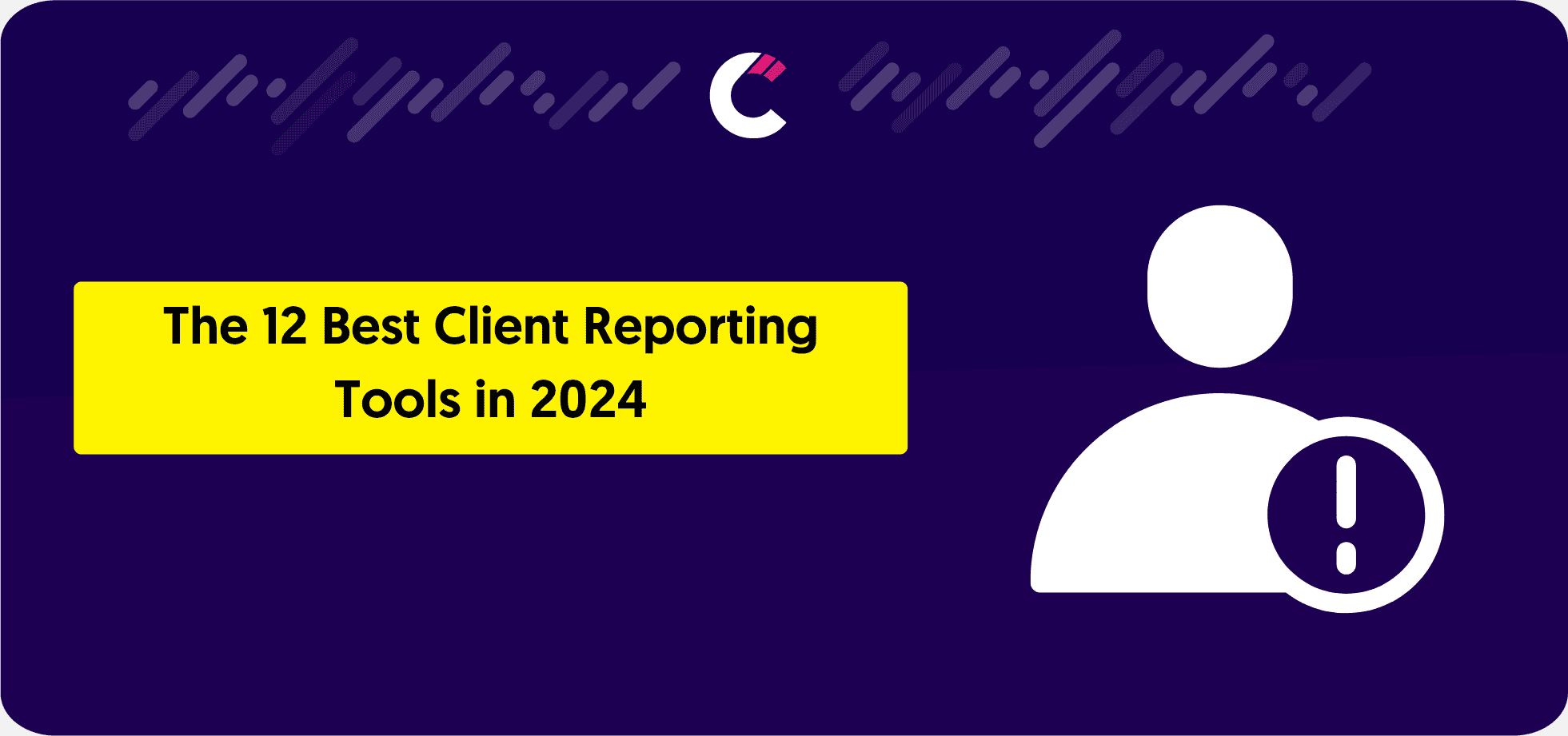
What Are Client Reporting Tools and Why Are They Important? Client reporting tools are essential software solutions for agencies and businesses to share
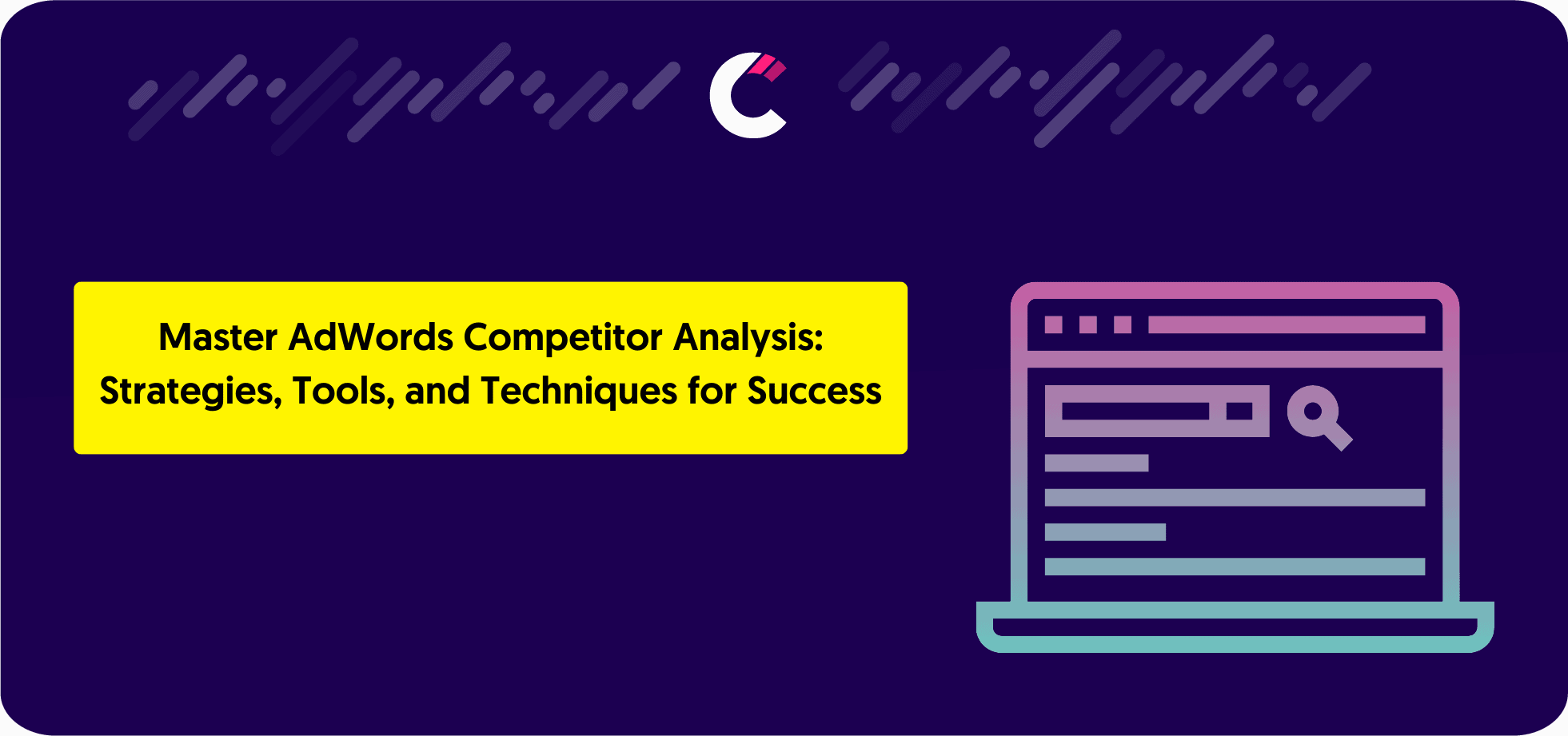
What is AdWords Competitor Analysis? AdWords competitor analysis is the systematic process of examining and evaluating your competitors’ Google Ads strategies to uncover insights that

In the fast-paced world of online business, staying on top of what people are saying about your brand is crucial. Whether it’s tracking mentions on

Understanding the fast-evolving landscape of digital marketing requires more than just traditional tactics. *Search marketing intelligence* has become an essential tool for businesses looking to
Monitor competitor website changes
You can get alerted when your competitors are making changes to their website.
Find competitor keywords
Finding your competitors’ keywords is essential for your business. It means that you focus your entire website on targeting high volume, quality keywords.
Track Social Media Pages
Social media competitive analysis is the constant monitoring and analyzing the moves of your competition on social media.
Competitor Email Monitoring
Tracking your competitors’ emails takes some time, but it’s well worth it!
How to do competitor analysis
One important step is to conduct an effective competitive analysis to evaluate your competitors’ brands.
Competitors App SRL
support at competitors.app
Sanzienelor 3, Sibiu, Romania
+1 (302) 208-7954